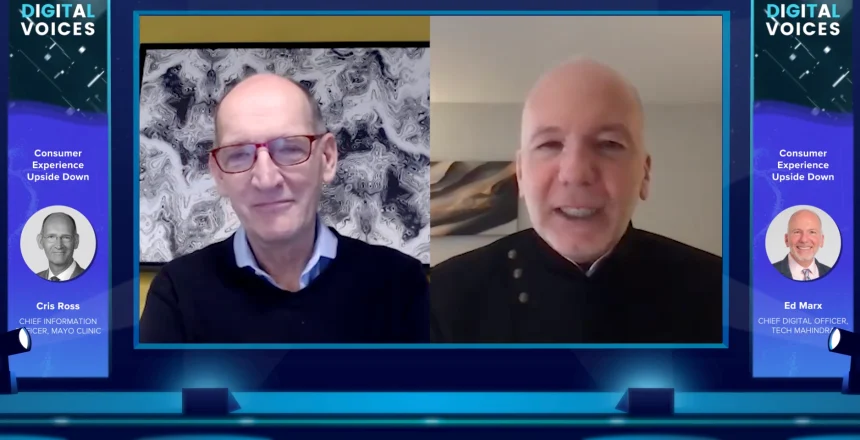Although the importance of face-to-face engagement will never diminish, there are instances when turning virtual is a crucial aspect of your event’s agenda.
Odds are, you’ve participated in an online webinar, watched an on-demand exercise class, or joined a conference through a video tool. You may have even attended a conference while sitting at your desk. Virtual events include all of the above.
A virtual event is one in which people participate in the event and its material online rather than in person.
4 main types of virtual events
Virtual events demand the same level of care and attention as in-person events. Both events need you to market the event successfully, engage your guests, create memorable moments for participants, and demonstrate event success. The only things missing are the location and on-site attendees.
Listed below are 4 main types of virtual events:
1. Webinars
Webinars usually last between 45 and 80 minutes and allow participants from all around the world to virtually join in and listen to one or more speakers talk about a topic.
Companies can charge guests to join webinars or offer them for free via online payment systems. Webinars often employ video conferencing features that allow for Q&A, the option to display live or pre-recorded video, and the capacity to make the event available after the fact as on-demand.
Webinars have thrived with 100% virtual attendance due to their one-time educational nature.
2. Virtual Conferences
Virtual conferences, like in-person conferences, are organised around a live, complicated agenda that includes keynotes, workshops, breakout sessions, and more. Virtual conferences might feature many sessions and community involvement elements.
While virtual conferences are not as effective as in-person events in terms of lead generation and networking, they do allow participants to see keynotes in real time, create their own agenda from relevant, on-demand information, and engage with other attendees.
3. Internal Hybrid Events
These are town halls, sales kick-offs, companywide events, trainings, department meetings, and more. For organisations that span countries, even continents, internal hybrid events are used to share a message to the entire company when employees are not all gathered in the same place.
While it would be great to fly every employee to your organisation’s headquarters, it would be incredibly costly, and the scheduling required would be time-consuming. The next best option is to host events that are part in-person, part virtual.
4. External Hybrid Events
These events are held for those outside of your organisation. They can be user conferences or industry conferences. These events require higher levels of video production so that virtual attendees are provided with a similar quality to in-person attendees.
These events allow attendees who are unable to travel to the event to participate and learn. It is challenging to provide the same value at external hybrid events, as in-person attendees are able to network more freely and engage easily with content than those attending virtually.
Why host a virtual event?
The answer is easy! Virtual events serve the same purpose as in-person events: to communicate your company’s message in order to generate leads and revenue, drive adoption, and increase loyalty lifetime value.
Here are 3 main reasons to host a virtual event for your business:
Accessibility: While the event is still being held in-person, virtual options allow you to accommodate attendees who are unable to attend in person.
Budget: Your organisation needs to cut costs and making smaller events and webinars virtual can help move money to the biggest event of the year that brings in the largest number of leads. It also helps to have a virtual or hybrid option when attendee budgets to travel are a concern.
There’s no other option: Whether due to the extreme weather, travel bans, or an act of God, you’re forced to make your in-person event virtual or cancel it altogether.
To conclude…
Adding virtual events as a key digital strategy to your meeting and event program is a good idea. While we know that virtual events do not hold the same power of face-face interactions, circumstances may necessitate going virtual, sometimes on very short notice.
Having a plan, and the proper technology, in place will mean a pivot to digital can be an alternative you have full confidence in, and one you can trust to deliver the engaging, informative experiences to attendees that you work so hard to make happen.
At Fresh we can provide you with trust and expertise to carry out a memorable and successful virtual event. You can get in touch here today! We look forward to bringing your event to life.


